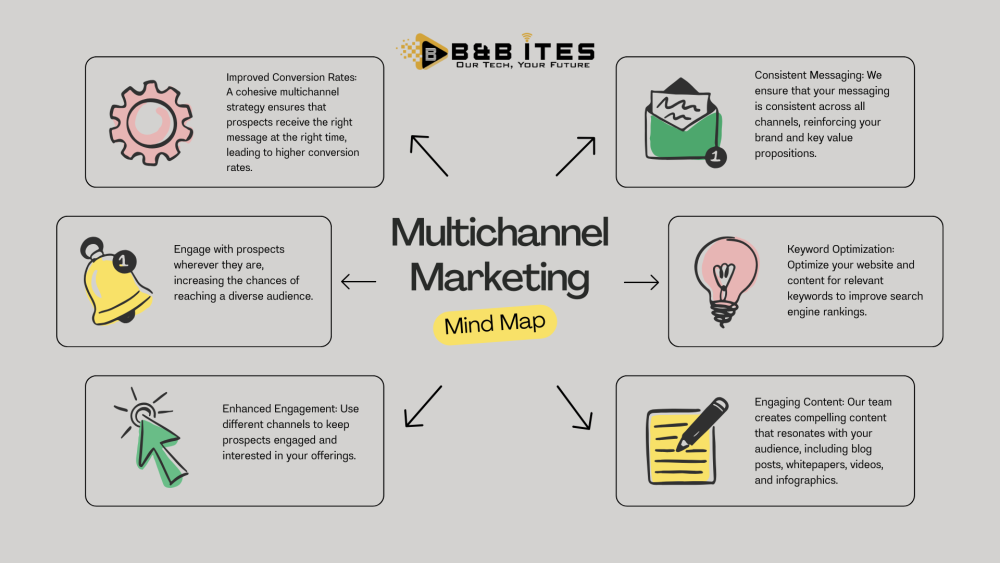How Should We Position Our Content?

In the fast-paced and ever-evolving digital landscape, positioning your content effectively is crucial for capturing and retaining the attention of your target audience. Effective content positioning not only enhances visibility but also drives engagement, builds trust, and ultimately converts leads into customers. Here's a comprehensive guide on how to position your content to achieve maximum impact.
In the fast-paced and ever-evolving digital landscape, positioning your content effectively is crucial for capturing and retaining the attention of your target audience. Effective content positioning not only enhances visibility but also drives engagement, builds trust, and ultimately converts leads into customers. Here's a comprehensive guide on how to position your content to achieve maximum impact.
Understanding Content Positioning
Content positioning is the strategic process of presenting your content in a way that resonates with your target audience, differentiates your brand from competitors, and aligns with your business goals. It involves understanding your audience's needs, preferences, and pain points, and delivering content that addresses these aspects compellingly and consistently.
Steps to Position Your Content Effectively
1. Know Your Audience
Understanding your audience is the foundation of effective content positioning. Conduct thorough research to gain insights into their demographics, behaviors, preferences, and pain points. Create detailed buyer personas to represent different segments of your audience. This will help you tailor your content to meet their specific needs and interests.
2. Define Your Unique Value Proposition (UVP)
Your UVP is what sets you apart from your competitors. It’s a clear statement that explains why your audience should choose your product or service over others. Your content should consistently communicate this value, emphasizing how your offerings solve your audience's problems or improve their lives.
3. Create High-Quality, Relevant Content
Quality content is key to effective positioning. Ensure that your content is well-researched, informative, and provides real value to your audience. Use a mix of content types—blogs, videos, infographics, podcasts, and social media posts—to cater to different preferences and consumption habits.
4. Optimize for SEO
Search engine optimization (SEO) is essential for increasing your content’s visibility. Conduct keyword research to identify terms your audience is searching for and incorporate these keywords naturally into your content. Optimize meta descriptions, headers, and images to improve search engine rankings.
5. Leverage Storytelling
Storytelling is a powerful tool for engaging your audience and making your content memorable. Share stories that resonate with your audience's experiences, challenges, and aspirations. Use narratives that evoke emotions and create a connection with your brand.
6. Use Social Proof
Social proof, such as customer testimonials, case studies, and reviews, builds credibility and trust. Incorporate these elements into your content to demonstrate your value and reliability. Highlight success stories and user-generated content to showcase the positive impact of your products or services.
7. Distribute Content Strategically
Creating great content is only half the battle; distributing it effectively is equally important. Identify the channels where your audience spends their time and distribute your content accordingly. Use social media platforms, email marketing, content syndication, and partnerships to reach a wider audience.
8. Engage with Your Audience
Engagement is key to building relationships with your audience. Encourage comments, feedback, and discussions on your content. Respond promptly to questions and comments to show that you value your audience's input. Use interactive content, such as polls, quizzes, and live videos, to increase engagement.
9. Measure and Analyze Performance
Regularly measure the performance of your content to understand what’s working and what isn’t. Use analytics tools to track key metrics, such as traffic, engagement, conversions, and ROI. Analyze this data to refine your content strategy and make informed decisions.
10. Stay Agile and Adapt
The digital landscape is constantly changing, and your content strategy should be flexible enough to adapt. Stay updated with the latest trends, technologies, and audience behaviors. Be willing to experiment with new formats, platforms, and approaches to keep your content fresh and relevant.
Conclusion
Effective content positioning is a strategic and ongoing process that requires a deep understanding of your audience, a clear value proposition, high-quality content, and a well-executed distribution plan. By following these steps, you can position your content to resonate with your audience, differentiate your brand, and drive meaningful engagement and conversions.
Contact us at B&B ITeS to learn more about how we can help you position your content effectively and achieve your business goals. Let’s take your content strategy to the next level together!
Written by Nitesh Bhalla - B&B ITeS











